Mount Pulag (Filipino: Bundok Pulag; Ilocano: Bantay Pulag) is Luzon’s highest peak at 2,928 metres (9,606 ft) above sea level, third-highest mountain in the Philippines, and the 26th-highest peak of an island on Earth.
It is second-most prominent mountain in the Philippines, it is a dormant volcano. Located on the triple border of the provinces of Benguet, Ifugao, and Nueva Vizcaya, the borders meet at the mountain’s peak. Mount Pulag is third highest next to Mount Apo and Mount Dulang-dulang.
Mount Pulag is famous for its “sea of clouds” and its exceptional view of the Milky Way Galaxy at dawn, which has attracted many tourists who wish to see the “other-worldly” scenery.
The entire mountain is believed to be the home to the tinmongao spirits and is the sacred resting ground of the souls of the Ibaloi people and other ethnic peoples in the area.
History
The Ibaloi people of Benguet mummify their dead and house them in caverns in the mountain. The Kabayan mummy burial caves, one of the main attraction of the site, are considered Philippine national cultural treasures under Presidential Decree No. 432.
Mt. Pulag was proclaimed a national park through Presidential Proclamation No. 75 signed by President Corazon Aquino on February 20, 1987, covering an area of 11,550 hectares (28,500 acres). It is part of the Cordillera Biogeographic Zone and is a National Integrated Protected Areas Programme (NIPAP) site.
The national park is inhabited by different ethnic groups such as the Ibalois, Kalanguya, Kankana-eys, Karao, and Ifugaos.

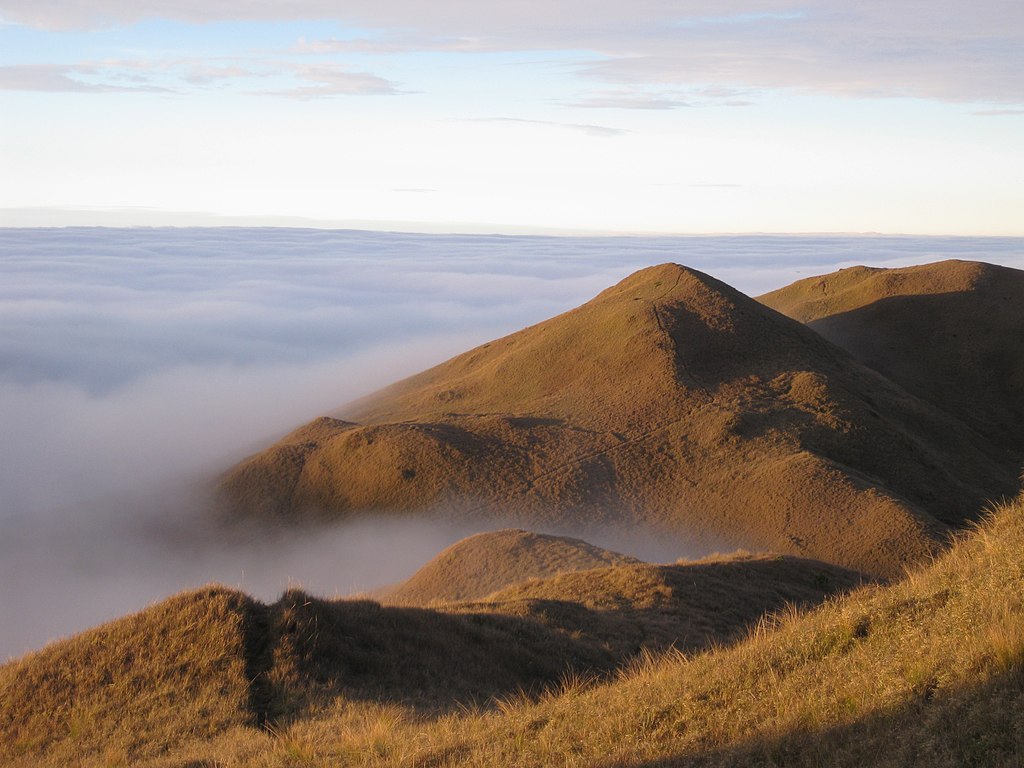
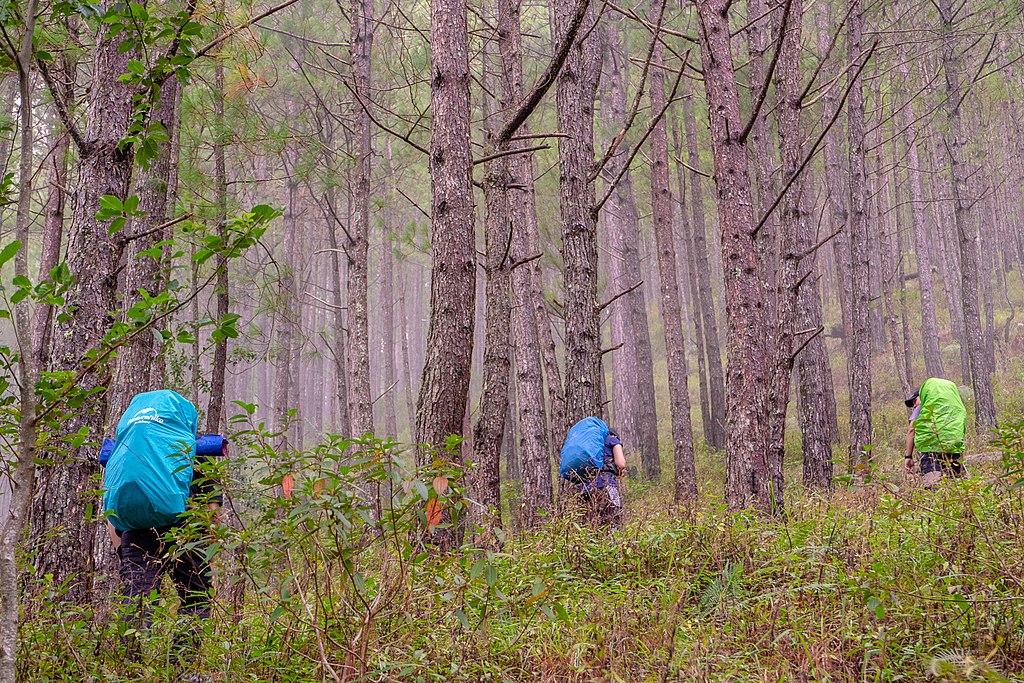
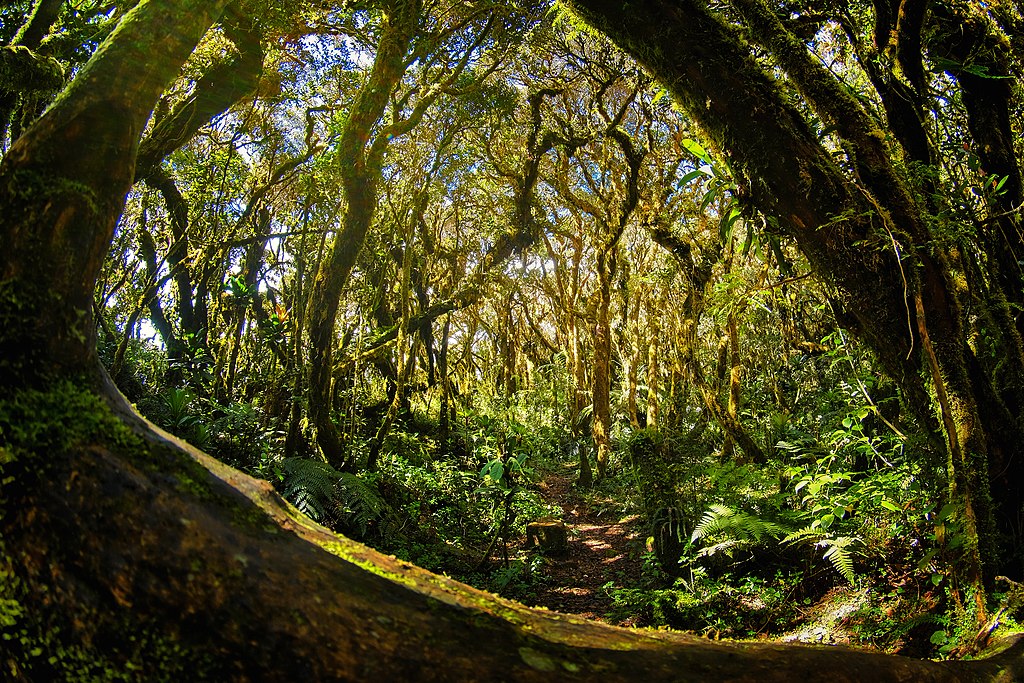
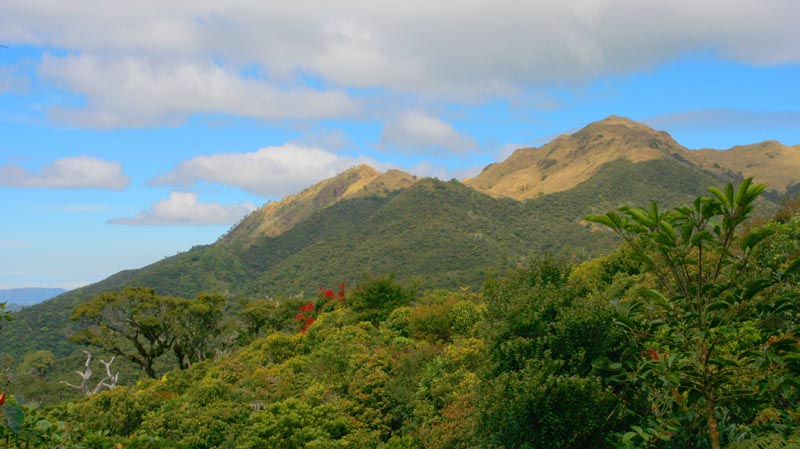


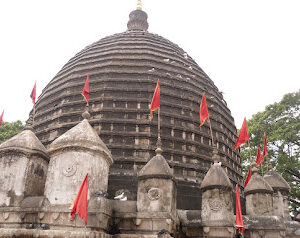





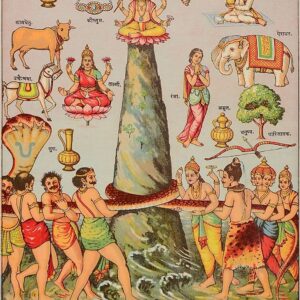


Reviews
There are no reviews yet